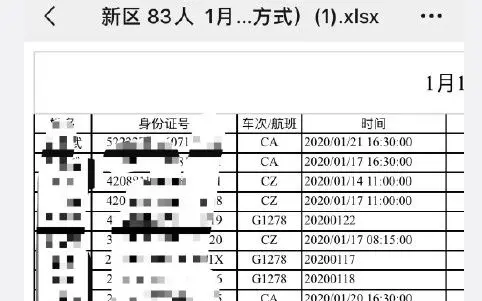By APD writer Wang Peng
ASEAN’s 50 years: Great achievements
Economic integration tops the agenda of this year’s ASEAN Summit. Considering the huge gap of ASEAN states in economic structure and competitiveness and political even religious differences, their regional cooperation could be an enormous challenge.
Evaluating ASEAN’s role in boosting regional economic integration during these years, it has become a 10-member regional bloc with a more global influence, and hence an indispensable part of the APEC engine, as well as a major player in global economies.
Taking Singapore for example, it is one of the richest countries in the world with an average yearly per capita income of around $82,000, in a union with places like Cambodia, a nation with a yearly per capita income of $3,300. In the EU, new member states must be liberal democracies with market economies; there are no such criteria for ASEAN member states.
In 2015, the “ASEAN economic community” was established to create a common market and the free exchange of goods, services, work and capital. This was viewed as the first step in addressing economic integrity, but it still lacks a common regulatory framework.
ASEAN at 50 in front of urgent challenges: rising protectionism
An urgent problem now is the global challenge against the principle of free trade. As ASEAN countries and China espouse free trade, mistrust of free trade has been on the rise in these years.
The US President Donald Trump finally attended the ASEAN meeting this November after previously hinting that he would skip the summit. At the APEC Summit, Trump attacked free trade by saying it costs millions of American jobs. It seems that more and more nations are treading a protectionist road that contrary to ASEAN’s goal, how will ASEAN address this problem?
Free trade liberates resources and improves productivity, but in the immediate future it dislocates industry and destroys many jobs. Countries with less developed infrastructures believe they will get the short straw when entering into free trade agreements with countries with well-developed infrastructures.
China and ASEAN at the historical turning point: how to cooperate?
In sharp contrast to President Trump, Chinese President Xi Jinping defended free trade and globalization by stating, “We should support the multilateral trading regime and practice open regionalism to allow developing members to benefit more from international trade and investment.” As the biggest trading partner of ASEAN, how would China play its role in helping ASEAN realize trade liberalization across the area?
First, China is ready to work with ASEAN in pursuit of an early conclusion of the Regional Comprehensive Economic Partnership (RCEP) negotiations. As the world’s first pan-Asia free trade deal, China-led RCEP boasts a list of impressive statistics, like covering almost 30% of global GDP and roughly half of the world’s population.
Second, China’s Belt and Road Initiative will enhance ASEAN’s integration and connectivity strategies and simultaneously strengthen ‘ASEAN-China Free Trade Agreement’ (ACFTA) to explore mutual business opportunities. Trade cooperation between ASEAN and China will increase significantly with zero-tariff next year.
Looking back through history, China has promoted its cooperation with ASEAN in every aspect in the past 15 years. Now the importance of ASEAN in China’s diplomatic agenda reached higher level. On Sunday (November 12) Chinese Premier Li Keqiang arrived in Philippines to attend the ASEAN summits. It was the first time in over 10 years for a Chinese premier to visit this country. With various cooperation agreements to be signed, there are ample implications of the great progress in China-Philippines relations could provide for other countries in order to settle disputes and deepen cooperation.
The media is speculating that during Li’s visit to Philippines, various cooperation agreements are expected to be signed on infrastructure, economy, trade, investment, and social, people-to-people, and cultural engagement. China and the Philippines have also established a bilateral consultation mechanism on the South China Sea issue and a joint coast guard committee on maritime cooperation.
This is just a beginning for China and Philippines’ sustainable friendship and deep cooperation. So is the ASEAN-China relation. They are confident to make South China Sea the prosperous and peaceful inner lake in the great emerging community of Asian people’s shared future.
Wang Peng
is the Research Fellow at the Chahar Institute and China Institute of Fudan University.
(ASIA PACIFIC DAILY)
 简体中文
简体中文

